Rajasthan: Prehistoric and Early Historic Foundations
Synopsis
The name, Rajasthan evokes many images, of Rajputs-tall, handsome men wearing colourful turbans, beautiful women, unmatched valour and chivalry, warn hospitality, reverence for life, impressive forts and palaces, varied wildlife, and rich traditions of music, song, and dance. The society of the State is composed of a large number of Hindu castes and several tribes, a few of which still live, at least, partially, a nomadic, hunting-gathering way of life. The present complex and culturally rich society is a product of adaptation to changing environment over a long period of time. Multidisciplinary research shows that the presently arid Thar desert enjoyed good rainfall and had a network of perennial rivers during the Pleistocene. Stone tool using nomadic hunting-gatherers had begun to colonize the region from about half-a-million years ago. Because of climatic change and shifting of drainage the land to the west of the Aravallis started turning into a sandy desert from about two lakh years ago. Sediments deposited by water and wind, their weathering through time and the presence of archaeological material tell us the story of the fluctuating climatic history and evolving cultures of the region. Around 7000 years ago Mesolithic hunter-gatherers had begun domestication of cattle, goats and sheep. Settled village life based on agriculture and copper and stone technology appeared in the Banas basin in Mewar from ca. 5000 years. In the eastern part of the state new agriculture-based villages using iron technology appeared around 3000 years ago, and towns, cities and political states from 4000 BC onwards. In the arid and semi-arid Western Rajasthan human groups continued to live by hunting-gathering until almost early medieval period except along the perennially flowing Saraswati (present-day dry Ghaggar) river where farming-based villages and towns belonging to the Indus/Harappan civilization appeared around 5000 years ago and were abandoned after 2000 BC due to the desiccation of the river. This book documents the long history of nomadic, hunting-gathering way of life during the stone age, emergence of agriculture-based villages during the Chalcolithic period and of towns and cities during the Bronze Age, expansion of settled life the emergence of new urban centres and political states after the advent of iron, incorporation of hunter-gatherers and foreign invaders into the Hindu caste system, and the survival of hunter-gatherers into the present that has produced the economically and culturally vibrant present society of Rajasthan.
Read more
174.60
157.14
$
194.00 $
Free delivery Wolrdwidе in 10-18 days
Ships in 1-2 days from New Delhi
Membership for 1 Year $35.00
Get it now and save 10%
Get it now and save 10%
BECOME A MEMBER

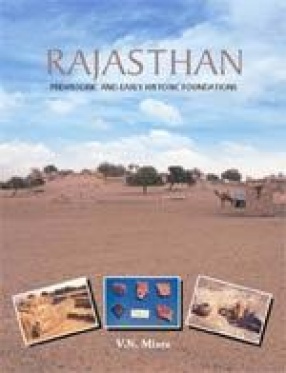
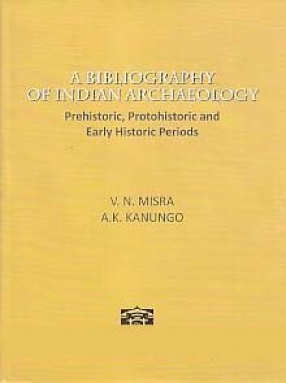
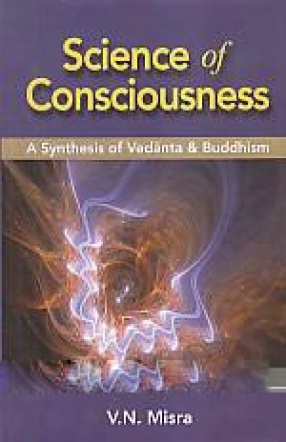

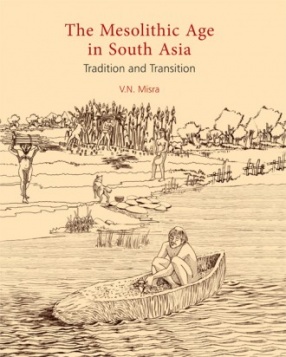
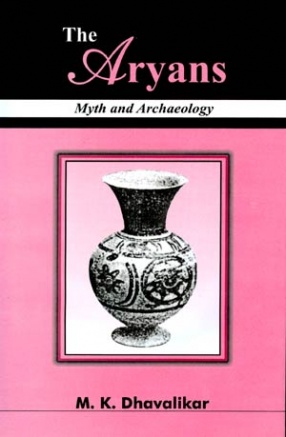
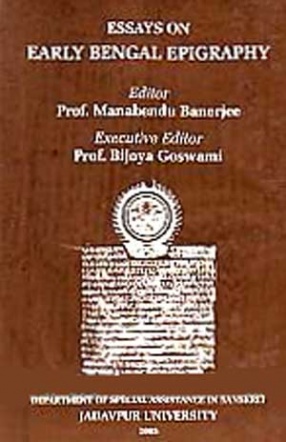
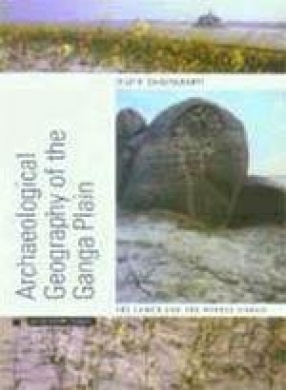
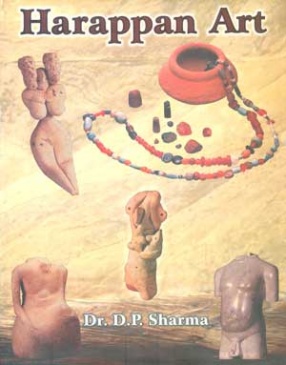

Bibliographic information